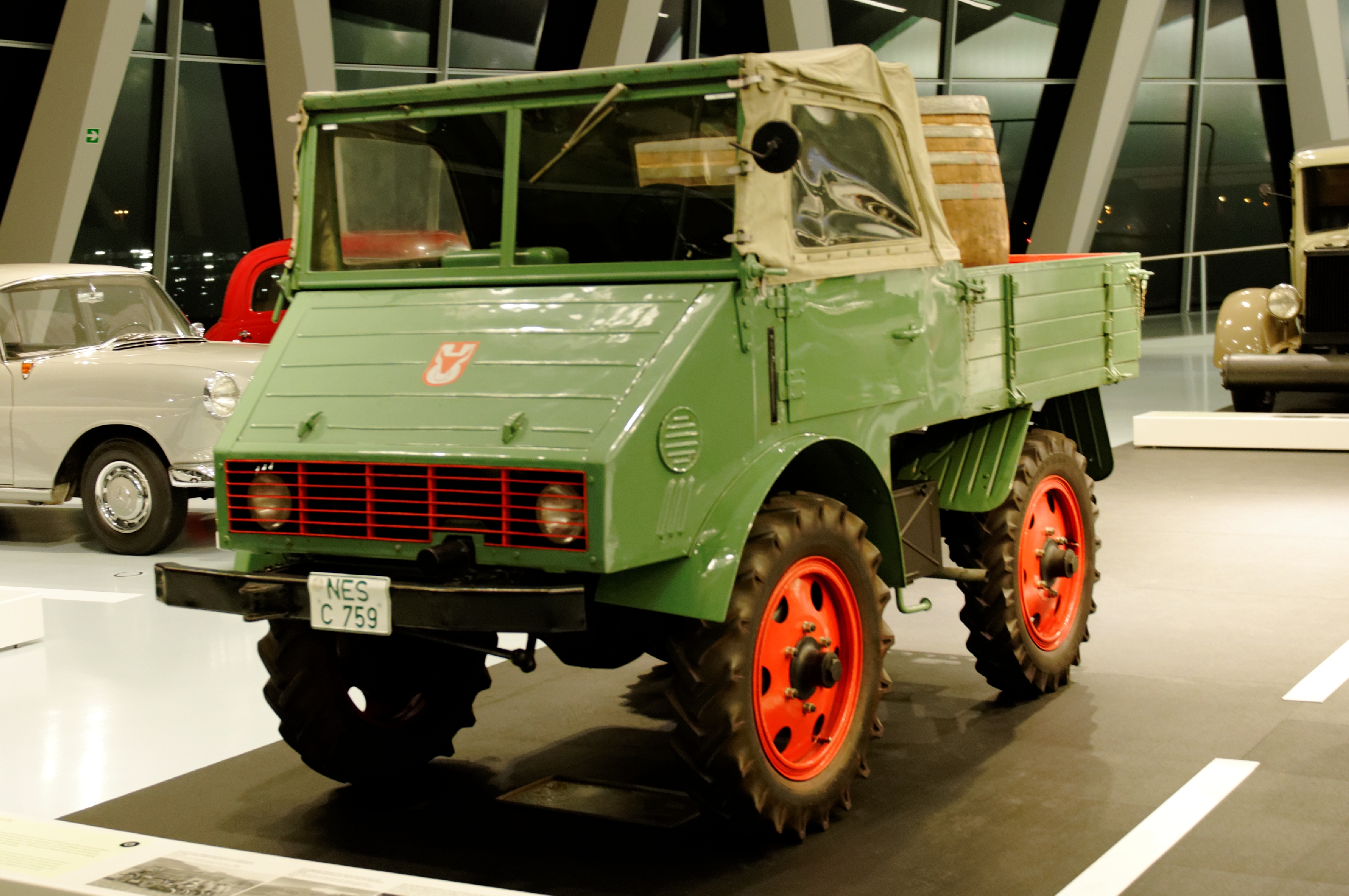|
Battle Of Acheral
The Battle of Acheral was fought near the San Gabriel stream, some 3 km away from the small town of Acheral, Tucumán province, Argentina. It was a turning point in the ''Operativo Independencia'', a domestic Argentine military intervention aimed at eradicating guerrilla activities in Tucumán province, as well as eliminating so-called subversive elements. This action received nationwide media coverage due to the presence of two journalists from ''Gente'' magazine at the time. Background The PRT-ERP learned of a daily military supply transport between Acheral and Tafí del Valle and decided to carry out an ambush on 7 October. On that day, the guerrillas detected a nearby Army task force and opted to attack it. A guerrilla and a soldier perished in the subsequent fighting. In the early hours of 8 October, a conscript and Jorge Carlos Molina (''nom de guerre'' "captain Pablo") were killed in another Army ambush. During the next 48 hours, another two skirmishes near the San ... [...More Info...] [...Related Items...] OR: [Wikipedia] [Google] [Baidu] |
Operativo Independencia
Operativo Independencia ("Operation Independence") was a 1975 Argentine military operation in Tucumán Province to crush the People's Revolutionary Army (ERP), a Guevarist guerrilla group which tried to create a Vietnam-style war front in the northwestern province. It was the first large-scale military operation of the Dirty War. Background After the return of Juan Perón to Argentina, marked by the 20 June 1973 Ezeiza massacre which led to the split between left and right-wing Peronists, and then his return to the presidency in 1973, the ERP shifted to a rural strategy designed to secure a large land area as a base for military operations against the Argentine state. The ERP leadership chose to send Compañía de Monte Ramón Rosa Jiménez to the province of Tucumán at the edge of the long-impoverished Andean highlands in the northwest corner of Argentina. By December 1974, the guerrillas numbered about 100 fighters, with a 400-person support network, although the size of ... [...More Info...] [...Related Items...] OR: [Wikipedia] [Google] [Baidu] |
Unimog
The Unimog (, ) is a range of multi-purpose tractors, trucks and lorries that has been produced by Boehringer from 1948 until 1951, and by Daimler Truck (formerly Daimler-Benz, DaimlerChrysler and Daimler AG) since 1951. In the United States and Canada, the Unimog was sold as the Freightliner Unimog. Unimog production started in 1948 at in Göppingen. Daimler-Benz took over manufacture of the Unimog in 1951, and first produced it in their Gaggenau plant. From 1951, the Unimog was sold under the Mercedes-Benz brand. However, the first Unimog to feature the three-pointed Mercedes-Benz star was only introduced in 1953. Since 2002, the Unimog has been built in the Mercedes-Benz truck plant in Wörth am Rhein in Germany. The Mercedes-Benz Türk A.Ş. plant assembles Unimogs in Aksaray, Turkey. Unimogs were also built in Argentina (first ever country to do so outside Germany) by Mercedes-Benz Argentina S.A. under licence from 1968 until 1983 (with some extra units built until 1991 o ... [...More Info...] [...Related Items...] OR: [Wikipedia] [Google] [Baidu] |
October 1975 Events In South America
October is the tenth month of the year in the Julian and Gregorian calendars and the sixth of seven months to have a length of 31 days. The eighth month in the old calendar of Romulus , October retained its name (from Latin and Greek ''ôctō'' meaning "eight") after January and February were inserted into the calendar that had originally been created by the Romans. In Ancient Rome, one of three Mundus patet would take place on October 5, Meditrinalia October 11, Augustalia on October 12, October Horse on October 15, and Armilustrium on October 19. These dates do not correspond to the modern Gregorian calendar. Among the Anglo-Saxons, it was known as Winterfylleth (Ƿinterfylleþ), because at this full moon, winter was supposed to begin. October is commonly associated with the season of spring in parts of the Southern Hemisphere, and autumn in parts of the Northern Hemisphere, where it is the seasonal equivalent to April in the Southern Hemisphere and vice versa. Oct ... [...More Info...] [...Related Items...] OR: [Wikipedia] [Google] [Baidu] |

